In the ever-evolving digital landscape, where information is as much a commodity as it is a tool, there exists an undercurrent of activities that often remain concealed from the average user. One of the most striking examples of this hidden world is the rise of leak sites, where sensitive information is shared, traded, or exposed. Among these, the platform known as “thejavasea. me” has garnered significant attention due to its association with AIO-TLP leaks. This article delves deep into the phenomenon of thejavasea. I leak AIO-TLP, exploring its implications, the mechanics of such leaks, and the broader context within which this platform operates.
Understanding the AIO-TLP Phenomenon
AIO-TLP, or “All-In-One – Traffic Light Protocol,” is a term that has gained traction in certain digital communities. Originally, the Traffic Light Protocol (TLP) was developed to facilitate the sharing of sensitive information within a community in a controlled and confidential manner. TLP uses color codes (Red, Amber, Green, and White) to indicate how information can be distributed. However, the acronym “AIO” in this context usually stands for “All-In-One,” referring to comprehensive packages or compilations that are shared across the web, often containing a wide array of data, tools, or services.
When the term “AIO-TLP” is associated with leak sites like thejavasea. It usually implies that the platform is involved in the distribution of large-scale compilations of sensitive or confidential information that may have been illicitly obtained. The information could range from personal data, login credentials, and software exploits to entire databases. The gravity of such leaks cannot be overstated, as they often lead to severe consequences for individuals, organizations, and even governments.
The Emergence of thejavasea. me
Thejavasea. Me is not an isolated phenomenon but rather part of a broader trend in the digital underground. Similar to other platforms that have emerged over the years, it serves as a hub for sharing and disseminating leaked information. What sets thejavasea.me apart is its focus on AIO-TLP, making it a particularly valuable resource for those seeking comprehensive data packages.
The Origins of Theravada. I am shrouded in mystery, as is often the case with such platforms. Typically, these sites operate on the fringes of the internet, often accessible only through specific channels or networks that cater to a niche audience. These platforms rely on the anonymity provided by the dark web or through heavily encrypted communication methods. The creators and administrators of Theravada. I likely possess a high level of technical expertise, enabling them to manage the site while evading law enforcement and cybersecurity efforts aimed at shutting down such operations.

The Impact of AIO-TLP Leaks
The leaks were found on thejavasea.me, particularly those labeled as AIO-TLP, can have far-reaching implications. For individuals, the exposure of personal information such as Social Security numbers, credit card details, or medical records can lead to identity theft, financial loss, and severe breaches of privacy. For businesses, the leakage of proprietary data, customer databases, or intellectual property can result in competitive disadvantages, reputational damage, and legal repercussions.
Moreover, when the leaked information involves critical infrastructure or government data, the consequences can be even more dire. The exposure of security protocols, defense strategies, or diplomatic communications could lead to national security threats, economic instability, or strained international relations.
The prevalence of AIO-TLP leaks also highlights a significant challenge in the realm of cybersecurity. Traditional security measures, while effective to some extent, often fail to address the sophisticated methods employed by cybercriminals to obtain and disseminate sensitive information. As a result, organizations are increasingly focusing on proactive measures, such as threat intelligence, behavioral analytics, and advanced encryption, to mitigate the risks associated with such leaks.
The Digital Underground: A Breeding Ground for Leaks
Thejavasea. I operate within a vast and complex digital underground that includes forums, marketplaces, and other leak sites. This underground ecosystem thrives on the demand for sensitive information, with various actors playing specific roles in the acquisition, distribution, and monetization of data.
Hackers and cybercriminals are often the primary suppliers of leaked data. They use a variety of methods, including phishing attacks, malware, and social engineering, to infiltrate systems and extract valuable information. Once obtained, the data is typically sold or traded on underground marketplaces, where it eventually finds its way to platforms like thejavasea. Me.
These platforms, in turn, serve as distribution hubs where users can access leaked information, often in exchange for cryptocurrencies or other forms of payment that ensure anonymity. The data is frequently organized into AIO-TLP packages, making it easier for users to obtain a wide range of information in a single transaction.
The digital underground also benefits from a lack of regulation and enforcement, particularly in jurisdictions where cybercrime laws are either weak or poorly enforced. This environment allows leak sites to operate with relative impunity, further fueling the cycle of data breaches and leaks.
The Ethics of Data Leaks
The ethical implications of platforms like thejavasea. I am complex and multifaceted. On one hand, these sites facilitate the dissemination of information that can cause significant harm to individuals and organizations. The very nature of data leaks is often rooted in illegal activities, such as hacking, fraud, or the violation of privacy rights.
On the other hand, some argue that certain leaks serve the public interest, particularly when they expose corruption, human rights abuses, or other forms of misconduct. This argument is often invoked in cases involving whistleblowers who leak information to the press or public forums in an effort to bring attention to issues that might otherwise remain hidden.
However, the reality of sites like thejavasea. Me is that they operate largely outside the boundaries of legality and ethics. The vast majority of data shared on such platforms is obtained through illicit means and is used for purposes that prioritize profit or malice over the public good. The indiscriminate nature of these leaks often results in collateral damage, where innocent individuals or entities suffer the consequences of having their information exposed.
Legal and Regulatory Responses
Governments and regulatory bodies around the world are increasingly recognizing the threat posed by platforms like thejavasea. Me. In response, there has been a growing focus on strengthening cybersecurity laws, improving cross-border cooperation, and enhancing the capabilities of law enforcement agencies to tackle cybercrime.
For instance, international efforts such as the Budapest Convention on Cybercrime provide a framework for countries to cooperate in investigating and prosecuting cybercriminals. Similarly, regulatory initiatives like the General Data Protection Regulation (GDPR) in the European Union impose strict requirements on organizations to protect personal data and report breaches in a timely manner.

Despite these efforts, the challenge remains significant. The anonymity of the internet, coupled with the global nature of cybercrime, makes it difficult to track down and prosecute those responsible for data leaks. Furthermore, the rapidly evolving tactics used by cybercriminals often outpace the ability of law enforcement and regulatory bodies to respond effectively.
Mitigating the Risks of Data Leaks
In light of the growing threat posed by data leaks, both individuals and organizations must take proactive steps to protect their information. For individuals, this means being vigilant about online security practices, such as using strong, unique passwords, enabling two-factor authentication, and regularly monitoring financial accounts for suspicious activity.
Organizations, on the other hand, must adopt a comprehensive approach to cybersecurity that includes not only technical measures but also policies, procedures, and training programs aimed at mitigating the risk of data breaches. It includes investing in advanced threat detection and response capabilities, conducting regular security audits, and ensuring compliance with relevant regulations and standards.
Additionally, organizations should consider the importance of incident response planning. Having a well-defined and tested incident response plan in place can significantly reduce the impact of a data breach by enabling a swift and effective response to mitigate the damage and restore normal operations.
The Future of Leak Sites
The future of platforms like the Java Sea. I am uncertain. Still, they will likely continue to evolve in response to both technological advancements and increased efforts to combat cybercrime. As long as there is a demand for leaked information, there will be actors willing to supply it and platforms willing to facilitate its distribution.
However, the continued existence of such platforms also depends on their ability to adapt to a changing landscape. Increased enforcement efforts, coupled with advancements in cybersecurity technology, could make it more difficult for these sites to operate. At the same time, the rise of decentralized and peer-to-peer technologies could give birth to new forms of leak sites that are even more resilient to takedown efforts.
Ultimately, the battle between those who seek to protect information and those who seek to exploit it is likely to continue for the foreseeable future. The outcome of this battle will have significant implications for the future of privacy, security, and trust in the digital age.
Conclusion
Thejavasea. Me leaks AIO-TLP is a stark reminder of the dark side of the digital world. As information continues to grow in value, the threat of data leaks and breaches will only increase. Platforms like the Java Sea. I play a pivotal role in this ecosystem, serving as a conduit for the distribution of sensitive and often illicitly obtained information.
While the existence of such platforms poses significant challenges to cybersecurity, it also underscores the importance of vigilance, proactive measures, and international cooperation in addressing the threats posed by data leaks. As technology continues to evolve, so too must our approaches to protecting information and mitigating the risks associated with the digital underground. In the end, the fight against data leaks is not just a technical challenge but a fundamental issue of trust and security in an increasingly interconnected world.








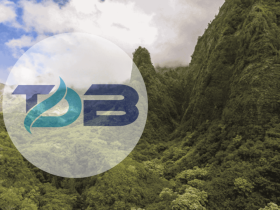


















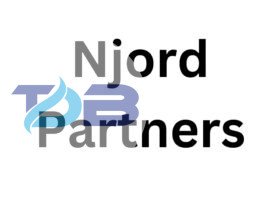








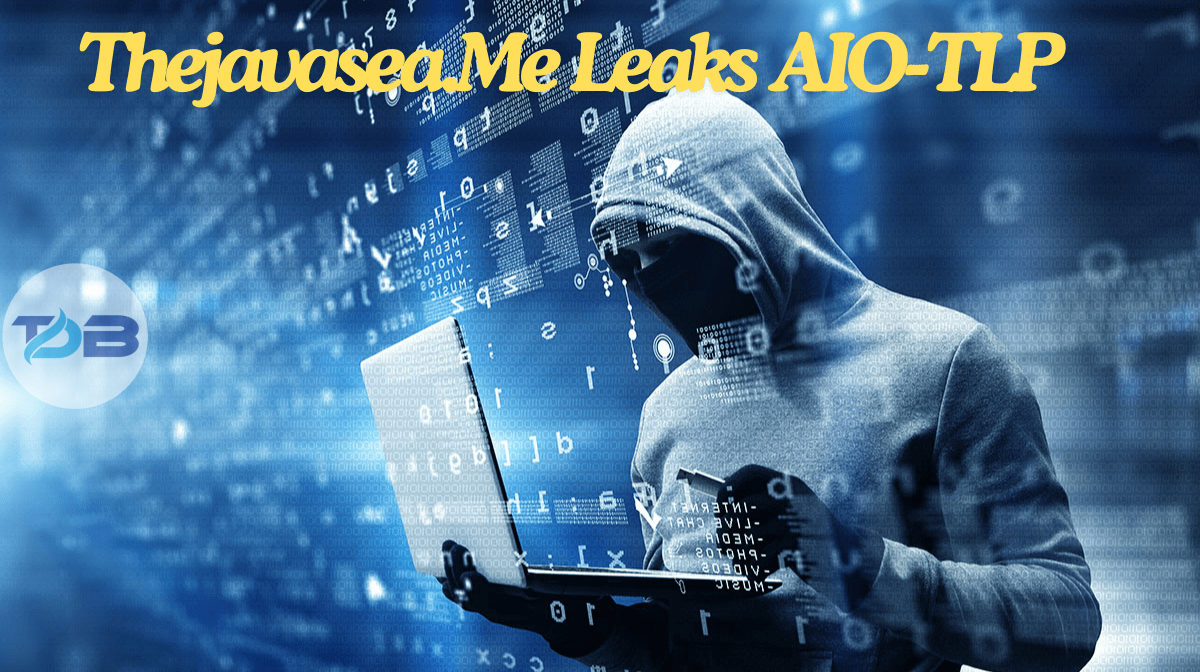


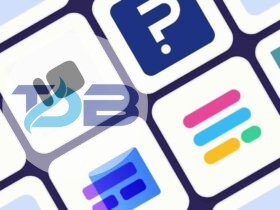

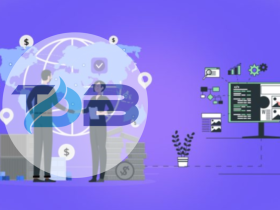


Leave a Reply